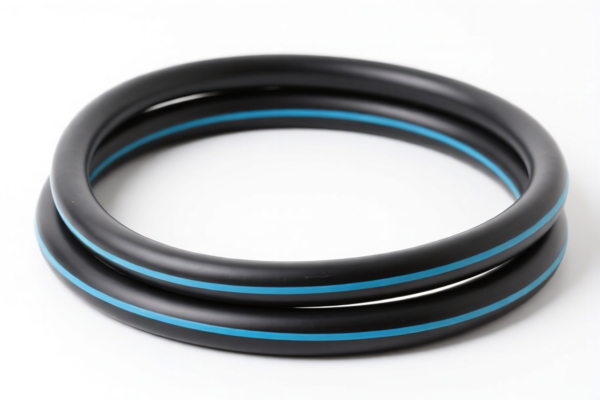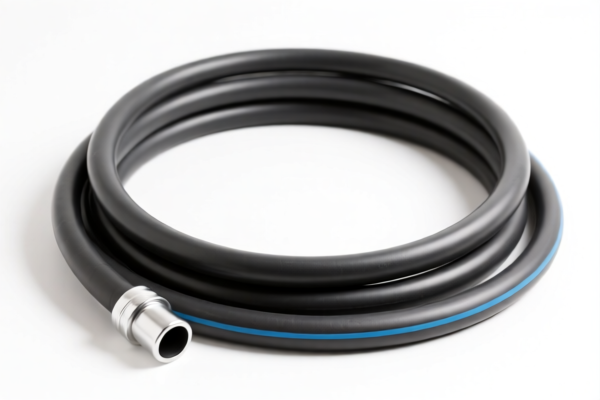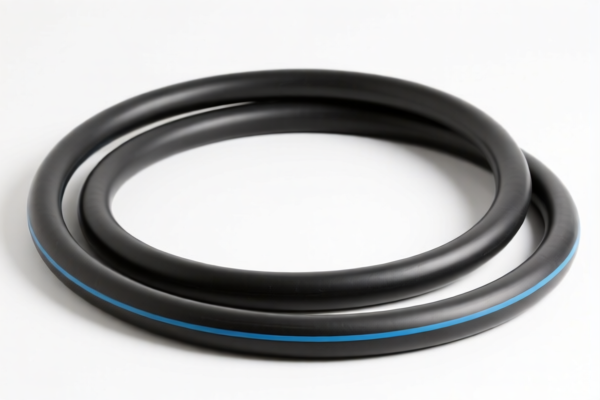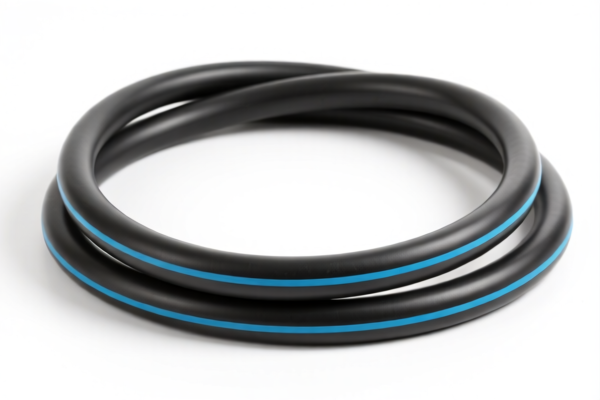| HS Code | Official Doc | Tariff Rate | Origin | Destination | Effective Date |
|---|---|---|---|---|---|
| 4009110000 | Doc | 57.5% | CN | US | 2025-05-12 |
| 4009110000 | Doc | 57.5% | CN | US | 2025-05-12 |
| 4006100000 | Doc | 40.4% | CN | US | 2025-05-12 |
| 4006901000 | Doc | 55.0% | CN | US | 2025-05-12 |
| 3917320020 | Doc | 58.1% | CN | US | 2025-05-12 |
| 3917320050 | Doc | 58.1% | CN | US | 2025-05-12 |
| 3926905000 | Doc | 41.3% | CN | US | 2025-05-12 |
| 3926909987 | Doc | 42.8% | CN | US | 2025-05-12 |




Water Hose - HS Code Classification
Here's a breakdown of potential HS codes for "water hose," based on typical materials and applications. Please note that the exact HS code depends on the hose's composition, reinforcement, and intended use.
-
3917.40.00 - Flexible hoses of plastics: This covers hoses made entirely of plastic.
- 39: Plastics and articles thereof.
- 17: Gutters, pipes and hoses.
- 40: Flexible hoses.
- 00: Other. (This is a broad category; specifics within this code depend on the plastic type – PVC, polyethylene, etc.)
- Note: This is common for garden hoses or lighter-duty water transfer applications.
-
4009.30.00 - Rubber hoses with metal reinforcement: If the hose incorporates metal braiding or wire for strength.
- 40: Rubber and articles thereof.
- 09: Hoses, tubing and similar flexible products of rubber.
- 30: Reinforced hoses.
- 00: Other.
- Example: Hoses used in automotive cooling systems or industrial applications.
-
4009.40.00 - Rubber hoses without metal reinforcement: For rubber hoses that are not reinforced with metal.
- 40: Rubber and articles thereof.
- 09: Hoses, tubing and similar flexible products of rubber.
- 40: Other hoses.
- 00: Other.
- Example: Simple rubber water hoses for domestic use.
-
6109.10.00 - Textile hoses and tubing: If the hose is primarily constructed from textile materials (e.g., braided fabric).
- 61: Textiles articles, woven fabrics.
- 09: Other textile articles.
- 10: Other hoses and tubing.
- 00: Other.
-
7307.90.00 - Iron or steel tubes and pipes, other: If the hose is made of iron or steel with a protective coating.
- 73: Iron or steel products.
- 07: Tubes and pipes.
- 90: Other.
- 00: Other.
-
7608.20.00 - Aluminium tubes and pipes: If the hose is made of aluminum.
- 76: Aluminum and articles thereof.
- 08: Tubes and pipes.
- 20: Other.
- 00: Other.
-
8436.10.00 - Valves and other pipe fittings: If the hose is part of a larger valve or fitting assembly.
- 84: Nuclear reactors, boilers, machinery and mechanical appliances.
- 36: Valves and other pipe fittings.
- 10: Other.
- 00: Other.
-
3707.90.00 - Other products of chemical industry: If the hose is made of special chemical materials.
- 37: Organic chemicals
- 07: Other.
- 90: Other.
- 00: Other.
-
6210.40.00 - Other textile articles: If the hose is a complex textile product with specific finishing.
- 62: Textile articles, not woven fabrics.
- 10: Other textile articles.
- 40: Other.
- 00: Other.
Important Considerations:
- Material Composition: The primary material (plastic, rubber, metal, textile) is the biggest determining factor.
- Reinforcement: Does the hose have metal braiding or wire?
- Application: Is it for garden use, industrial applications, automotive, etc.?
- Single or Multiple Layers: The structure of the hose impacts the classification.
- Relevant Certifications: Depending on the application (e.g., drinking water), specific certifications might be required. Please check the import regulations of your destination country.
- Accurate Declaration: It is crucial to provide a detailed description of the hose to customs authorities. Incorrect classification can lead to delays and penalties.
- Confirm with Customs: Always verify the final HS code with the customs authority in the importing country.
Customer Reviews
No reviews yet.